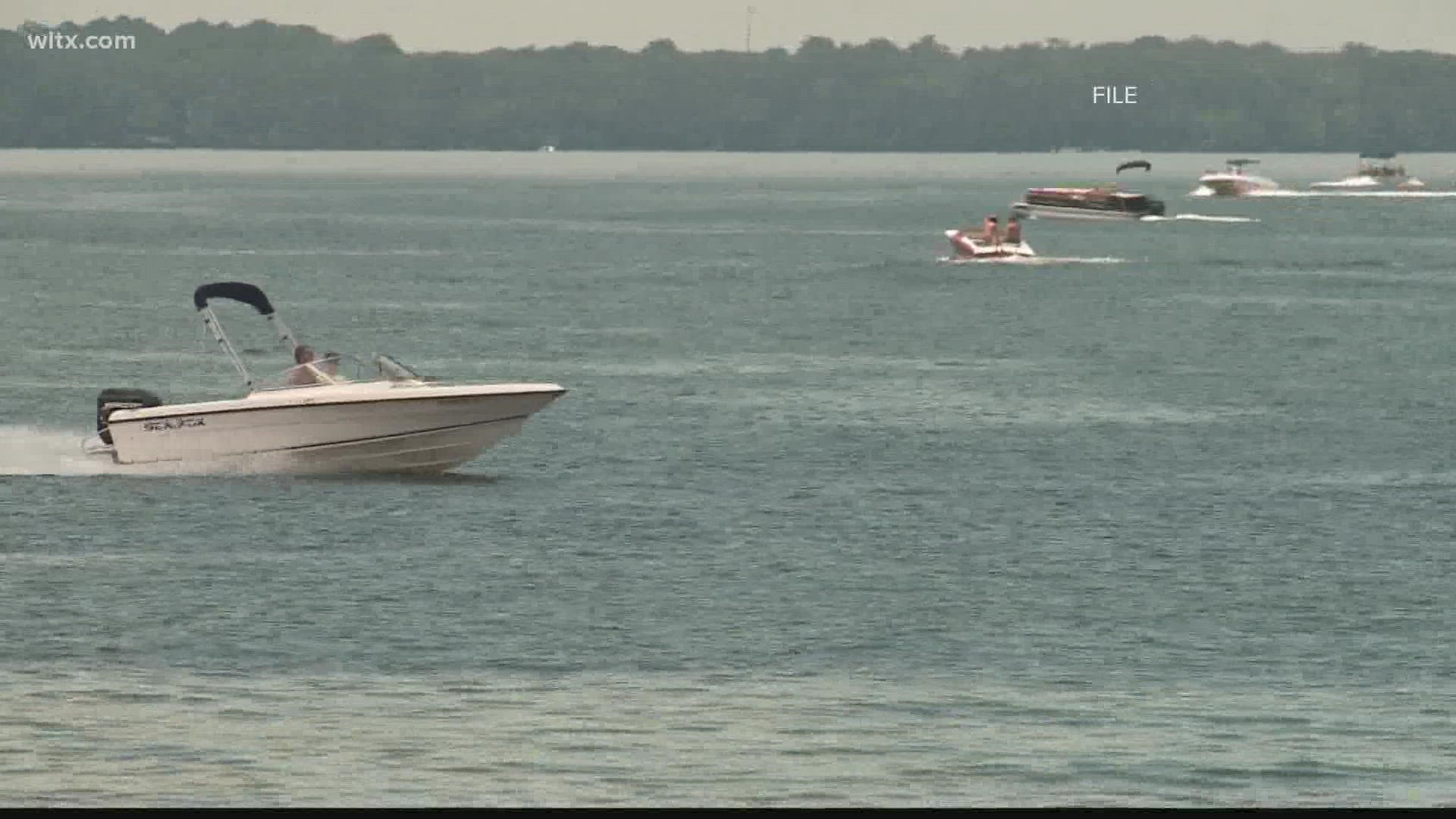LAKE MURRAY SHORES, S.C. — Boaters are being asked to stay away from the towers on Lake Murray.
The intake towers are part of a multi-year launch next month to service the five intake towners near the Lake Murray dam.
Crews will begin inspecting the intake towers in early August and continue through the end of September.
The five 223-foot-high intake towers, which are easily visible while driving across the dam.
The towers supply water to the Lower Saluda River through five dedicated power-generating turbines. Each tower uses a set of headgates to shut off water flow from the lake, allowing maintenance and inspection activities on downstream equipment.
The headgates are steel structures that are lowered into framed openings within the towers. Dominion Energy plans to replace these headgates and associated equipment within the towers.
“While we have carefully maintained these headgates since the dam’s construction, they are 95 years old,” said Dominion Energy South Carolina vice president of generation Iris Griffin. “Investing in their replacement will enhance the safety and reliability of the Saluda Hydro facility’s operations for many years to come.”
Here is what to expect:
- Crews, which will include divers, will begin detailed inspections in early August. This inspection period is expected to last approximately two months.
- Boaters are urged to stay at least 300 feet away from the towers while divers are in the water. Warning buoys will mark the exclusion area when work is taking place.
- Dominion Energy will use information gathered during the inspections to determine the scope of work needed to replace the headgates and other equipment inside the intake towers. That future work is scheduled to begin in spring 2024 and continue until late 2025, pending the timely receipt of regulatory approvals.

